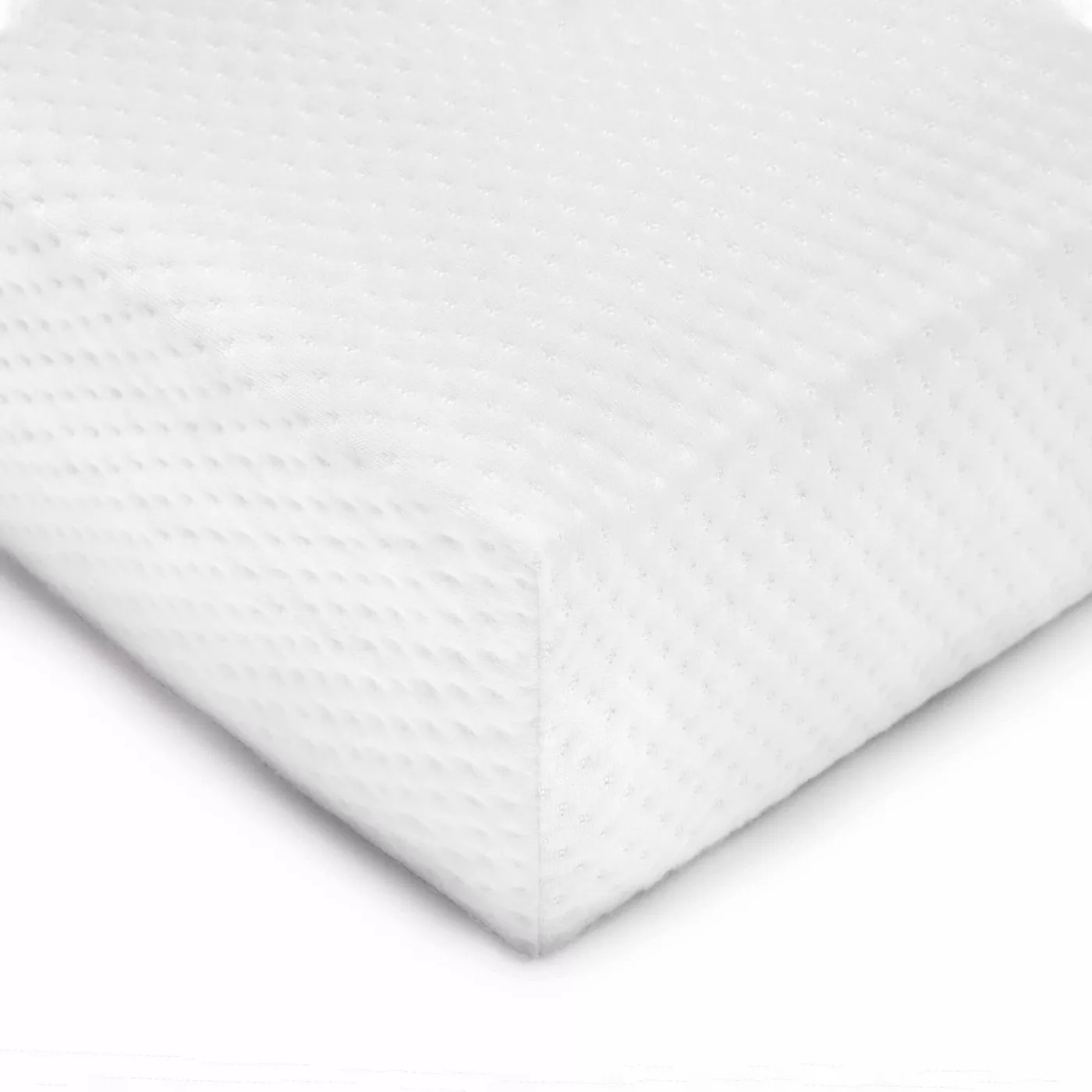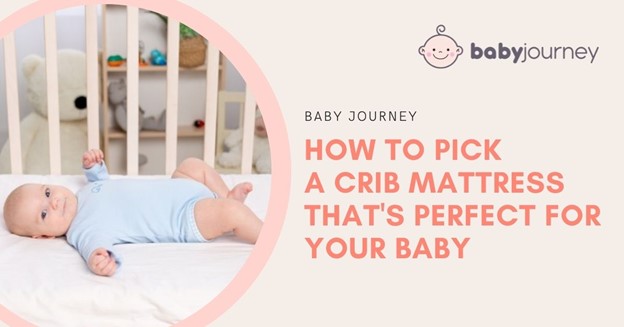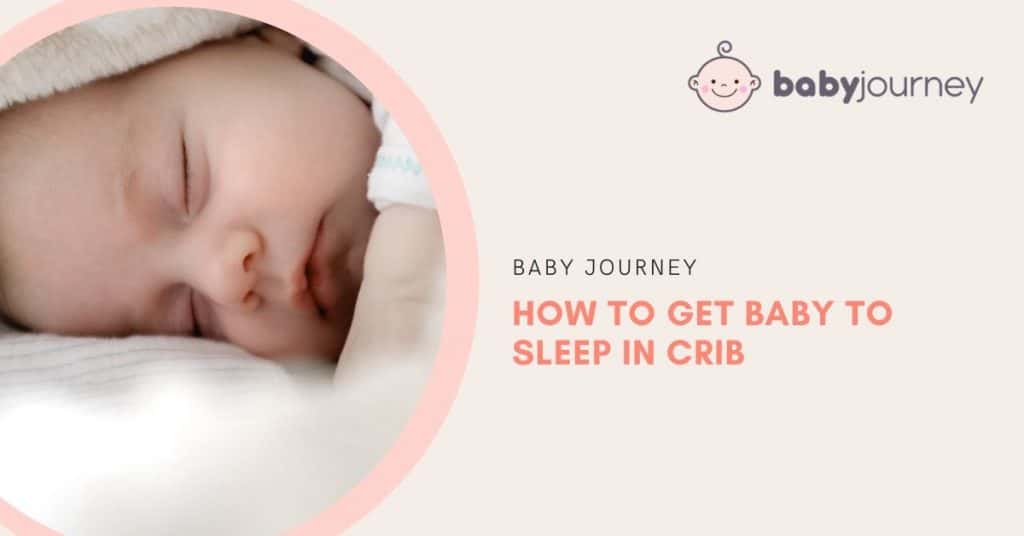Did you know that your newborn will spend between 14 and 17 hours a day sleeping? You have probably already outfitted your nursery with the perfect crib, but now you’re confronted with how to pick a crib mattress.
Knowing just how to choose a baby mattress can be a little tricky. Cribs are sized differently and the surface you put your baby on shouldn’t resemble a plush adult mattress.
If you’re wondering what goes into choosing a crib mattress and how to pick the best crib mattress, we’ve got you covered! We will go over how to choose a crib mattress, what to look for, and give you a few top picks for the best crib mattress. So let’s cozy up, hunker down, and get started!
Buying the Best Crib Mattress
Your little one’s sleeping space is made up of two important components – The crib and the crib mattress. Keeping their bed safe and comfortable is vital, therefore buying a crib mattress is a serious matter. Our crib mattress buying guide strives to make the process a little bit easier for you!
Things to Know Before Buying a Crib Mattress
Before choosing a crib mattress you should do some research on different options. Unlike the mattress you get from buying a pack and play for sleeping, getting a crib mattress requires more consideration. There are a couple of different mattress types as well as fillings, surface materials, and sizes.
Crib Mattress Types
When you are picking a crib mattress you will need to decide if you want a foam or spring mattress for your baby. Looking at a foam vs spring crib mattress, each has advantages and disadvantages.
A big factor when you are buying a crib mattress is firmness. How firm should a crib mattress be? The American Academy of Pediatrics(1) recommends a firm sleep surface. Firm enough that your child’s head does not leave an indentation.
Foam vs Spring Coil Mattress
The biggest difference between a foam vs coil crib mattress is the inner construction.
Innerspring mattresses, also known as coil mattresses, use a frame of many coils to provide support. They are often more durable, and will last longer. They also can provide your little one with more support. And, the entire mattress is firm and supportive, including the edges.

How many coils should a crib mattress have to provide the best support? Many experts (2) suggest between 150 and 250 coils to prevent dents and indentations.
However, coil crib mattresses can be heavier due to their metal inner springs. These mattresses may also cost you more.
Pros:
- Durable
- Longer lifespan
- More supportive
- Better support along the edges
Cons:
- Heavy
- More costly
Foam mattresses are an alternative to innerspring mattresses. They are characterized by their foam core. They can consist of memory foam, gel foam, foam blocks, or organic foam.
A foam mattress is usually softer than an innerspring mattress and has more options when it comes to choosing your level of firmness. Additionally, most foam mattresses are lightweight and affordable.

However, foam mattresses are not as durable as innerspring mattresses. They may also lack good edge support. If you choose too soft of a foam mattress it could be susceptible to indentations that are not suitable for infant sleep.
Pros:
- Affordable
- Lightweight
- Ability to choose the level of firmness
- More organic/eco-conscious options
Cons:
- Not as durable
- Poor edge support
- Prone to indentations
A final option that is new to the market is a Newton Wovenaire mattress. This mattress features air spacers made of food-grade polymer below a soft quilted exterior. It is supportive, safe, and supremely breathable. As one of the safest and newest options, it isn’t exactly affordable.
Crib Mattress Sizes
Mattress type is not the only consideration. You should also think about mattress size. Crib mattresses are undoubtedly smaller than standard mattresses such as twin, full, queen, or king.
The standard crib mattress will fit a crib and also a toddler bed. Most range from 51 ⅝ to 53 inches in length and 27 ¼ to 28 inches wide. The thickness will depend on the mattress type you choose.
Mini crib mattresses are smaller. These mattresses are commonly 38 inches long and 24 inches wide. Mini mattresses are made to fit mini cribs which are ideal for small spaces.
The size of the mattress you need depends on your crib. You must buy the correct mattress size for your crib. Too big of a mattress and it will not fit within your crib. Too small and you could have dangerous gaps around the edges of the mattress.
How to Pick a Crib Mattress As Your Baby’s Slumberland
We have talked a little bit about the merits of different crib mattresses, now let’s dive into how to buy a crib mattress so you can be confident in knowing what to look for when buying a crib mattress.
Selecting the Best Type
Whether you pick a foam mattress or an innerspring mattress, you need to know how to pick the best crib mattress for your child.
Look for a mattress that is within your budget without compromising on safety and durability. Comfort isn’t as important when choosing an infant mattress, support should be your priority.
If you are choosing a foam mattress, be sure that you pick one of the firmest options available. If you are selecting your mattress in person, you can try putting a little pressure on it to make sure that it doesn’t easily become indented. Don’t forget to check the firmness of the edges as well to decrease the chance your baby could become trapped between the mattress and crib sides.
For a coil mattress, check the firmness with the number of coils. The ideal number is between 150 and 250 coils. You may also want to feel how soft the outer material is and if you can feel the coils below the surface.
Speaking of outer material, you have a few options. Try to find one that is hypoallergenic, soft, organic, and chemical-free. You may also want a waterproof mattress in case your child has an accident, including vomit and poop.
Choosing the Right Size
Picking the right size of crib mattress is very important. If your mattress is too small there could be gaps between the sleep surface and the crib. If your child rolled into one of these gaps while sleeping they could become stuck. Suffocation and injury are potential risks. If your mattress is too big it simply won’t fit in your crib!
Thankfully, there are really only two sizes to choose from, standard or mini. Measure your crib and compare the numbers to the measurements of your prospective mattress. Aim for a tight fit that won’t leave any gaps.
Cost and Your Budget
How much is a crib mattress? That depends on what type of mattress, where you choose to buy a crib mattress and any special features you want. On average, a crib mattress will cost between $50 and $400. That is a huge range.
To get an adequate level of comfort and safety, most parents end up spending around $100. However, you should choose the mattress that best suits your budget. Generally, there is nothing wrong with a less expensive crib mattress; it just may not be as soft or as high-quality.
If you choose to buy a pricier option you will likely get better quality, materials, and comfort. Ventilated mattresses like the Newton waterproof mattress can cost between $300 and $400. It has a specialized mesh-air core and organic surface materials. Also on the costly side is the Naturepedic Organic Crib Mattress. It’s made from certified organic materials and sugarcane, aside from having a heavy-duty 150 coil innerspring core.

You may think to yourself, what about a second-hand mattress? In general, it is best not to purchase a used mattress. You do not know the mattress quality or history.
The longer a crib mattress is used the more the inner foam or coils breakdown, jeopardizing its firmness and safety. How long does a crib mattress last? Only between three to five years. Therefore, you would be better off purchasing a budget-friendly mattress like the Sealy Ortho Rest.
Safety Considerations
The safest crib mattress is one that provides a firm, chemical-free, and breathable sleeping surface for your child. Here are a few considerations to keep in mind.
Chemical Use. While you want your mattress to be durable, waterproof, and flame retardant, you don’t want these qualities to be achieved by using harmful chemicals. Check that your mattress uses safe, organic, and non-toxic compounds and sealants. Watch out for phthalates from PVCS, chemicals from flame retardants, or gaseous releases as is common with memory foam.
Firmness. Whichever mattress type you choose, make sure it is firm. You should not be able to leave indentations in the mattress. Additionally, it should not sag in the middle or around the edges.

Certifications. Certifications that concede to the mattress’s use of safe materials and eco-friendly construction are great things to look for. A few examples are Greenguard Gold, GOLS, GOTS, and MadeSafe.
Breathability. The breathability of the mattress is important to protect against suffocation, CO2 rebreathing, and SIDS. A breathable core isn’t always possible, but the outer fabrics should be well ventilated.
Edge Support. Some mattresses provide frames or rods that keep the edges from sagging. Foam mattresses may offer an encasement for edge stability. Double-check that your mattress’s edges are firm and supported so they do not sag.
Temperature Regulation
When your little one sleeps, they may be prone to getting warm. If the mattress isn’t properly ventilated your baby could overheat. A crib mattress should be designed to allow for good airflow and proper ventilation.
Newton mattresses are the most well ventilated, but the Sealy Baby Cozy Cool Hybrid 2-Stage Waterproof Standard Toddler and Baby Crib Mattress is a great alternative!
Convenience and Ease of use
Finally, consider how convenient and easy your mattress is to use.
Many parents love 2-in-1 mattresses. One side is firm for infant sleep and the other side is slightly less firm for toddler sleep. These mattresses are usually durable and have a long lifespan.
Additionally, you want to pick a mattress that will typically withstand your child’s accidents. Resistance to water and an easy to clean surface are key if you want to continue using your mattress after illness or bathroom accidents.
A hypoallergenic mattress can make cleaning and upkeep more convenient. You can rest assured that your little one is sleeping on a surface that won’t irritate their skin or respiratory system as it repels dust and other allergens.
Common FAQs
Why are crib mattresses so hard?
Crib mattresses are very firm for safety reasons. A hard sleep surface helps protect against suffocation, CO2 rebreathing, and SIDS.
Is a memory foam mattress safe for babies?
While you can select a mattress with a foam core, a memory foam mattress is not recommended.
How do I know if my crib mattress is firm enough?
Press down on your mattress, including the edges, to see if you can leave indentations. While you may be able to make a dent you should not be able to leave a lasting mark.
Is a 2-stage crib mattress necessary?
A 2-stage crib mattress isn’t necessary. However, it can make life much more convenient, saving you the hassle of purchasing another mattress when your child transitions to a toddler bed.
Is an organic crib mattress worth it?
That depends on your budget and preferences. Organic mattresses often cost more and they usually aren’t completely free from chemicals or substances. However, due to their natural fibers and construction, they sometimes can last longer.
You’re Now a Crib Mattress Expert!
We hope you enjoyed our crib mattress guide and have a better understanding of what to look for in a crib mattress. Remember, safety is more important than comfort for infant sleep. Choose a reliable, firm, and hygienic surface for your child so they can safely nod off to dreamland!
If you have any questions our child mattress buying guide didn’t answer, be sure to leave them in the comments!
—




